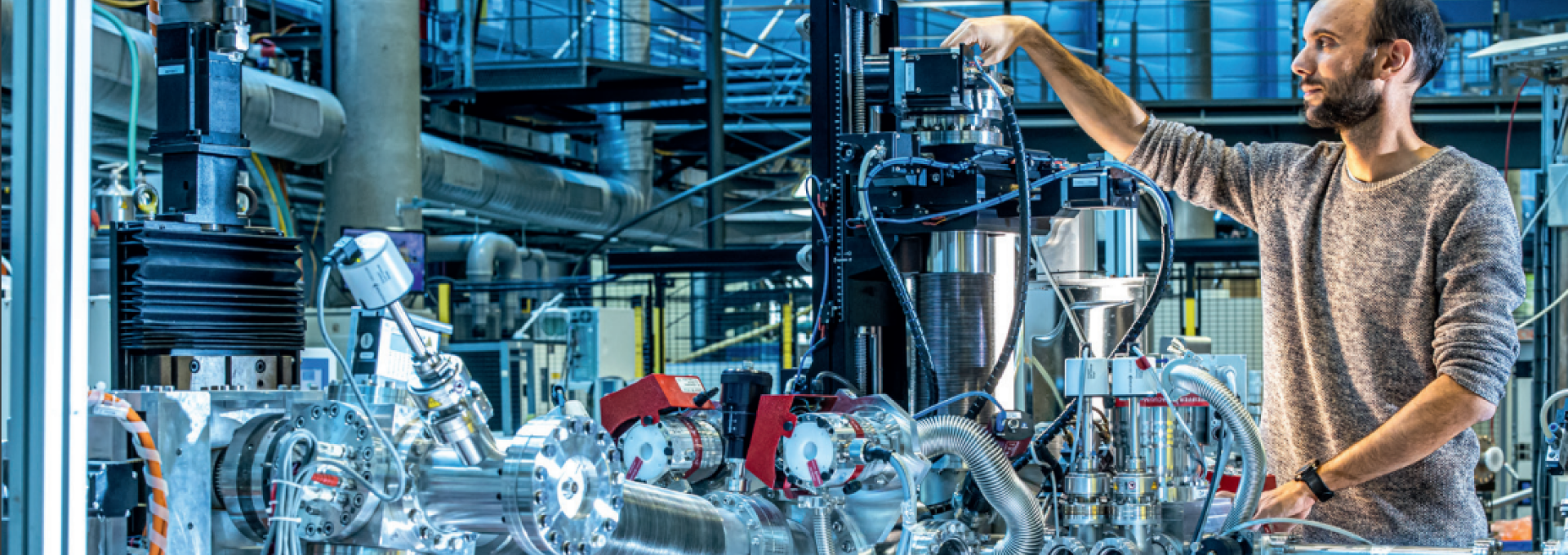
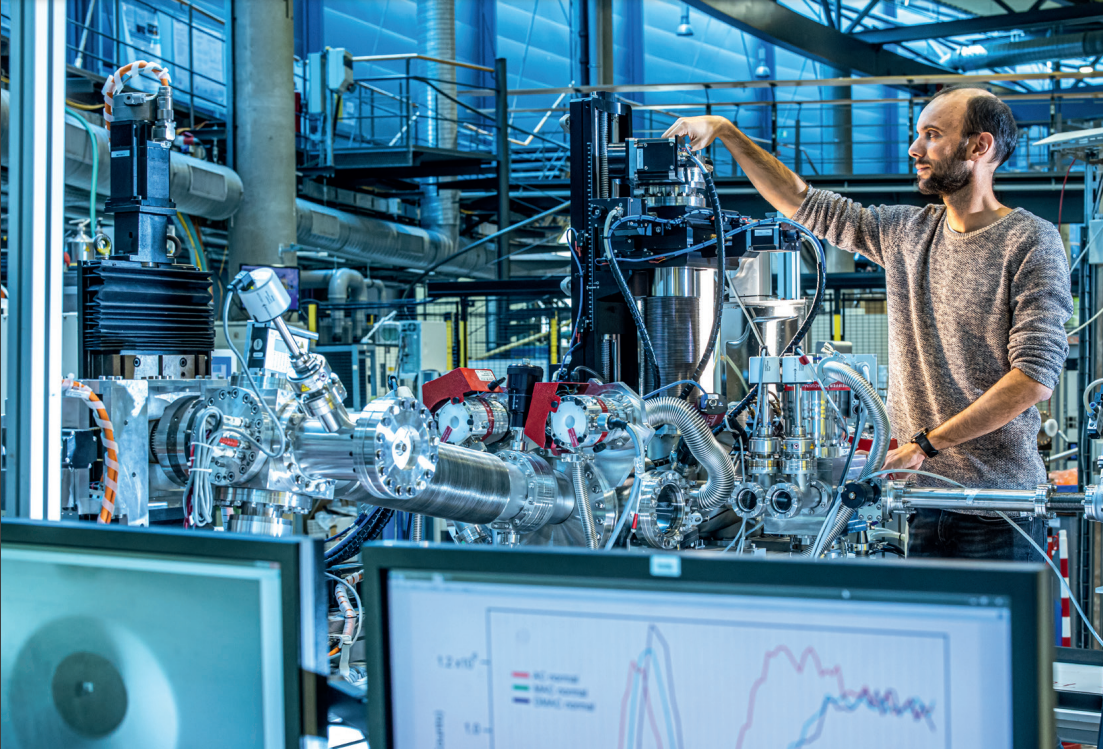


The Helmholtz-Zentrum Berlin (HZB) has committed to achieving greenhouse gas neutrality by 2035. To find its main emission sources, it determined its greenhouse gas footprint and had it verified by an external organization. In our interview, Carina Hanke, climate and energy manager at HZB, tells about the project’s challenges and results.
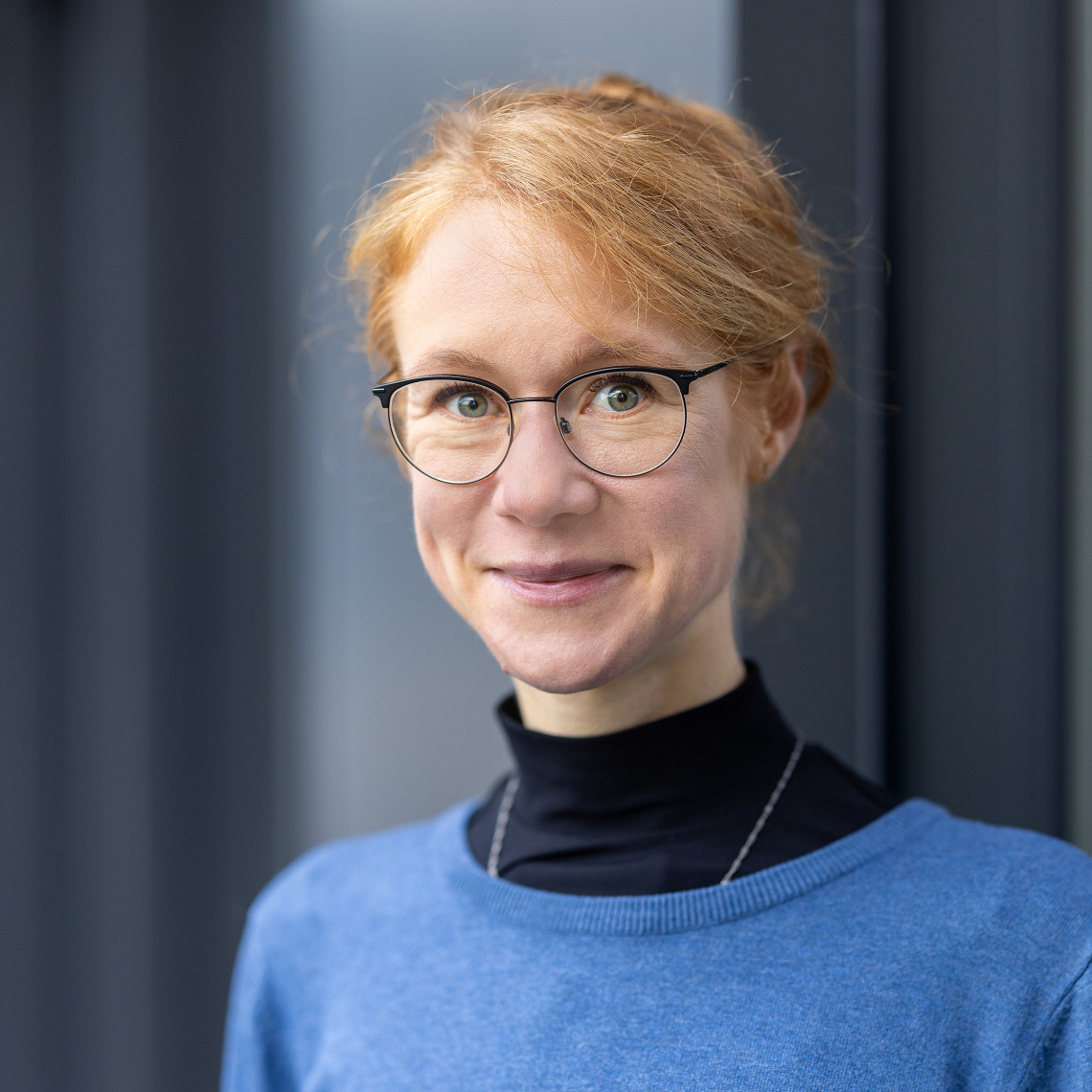
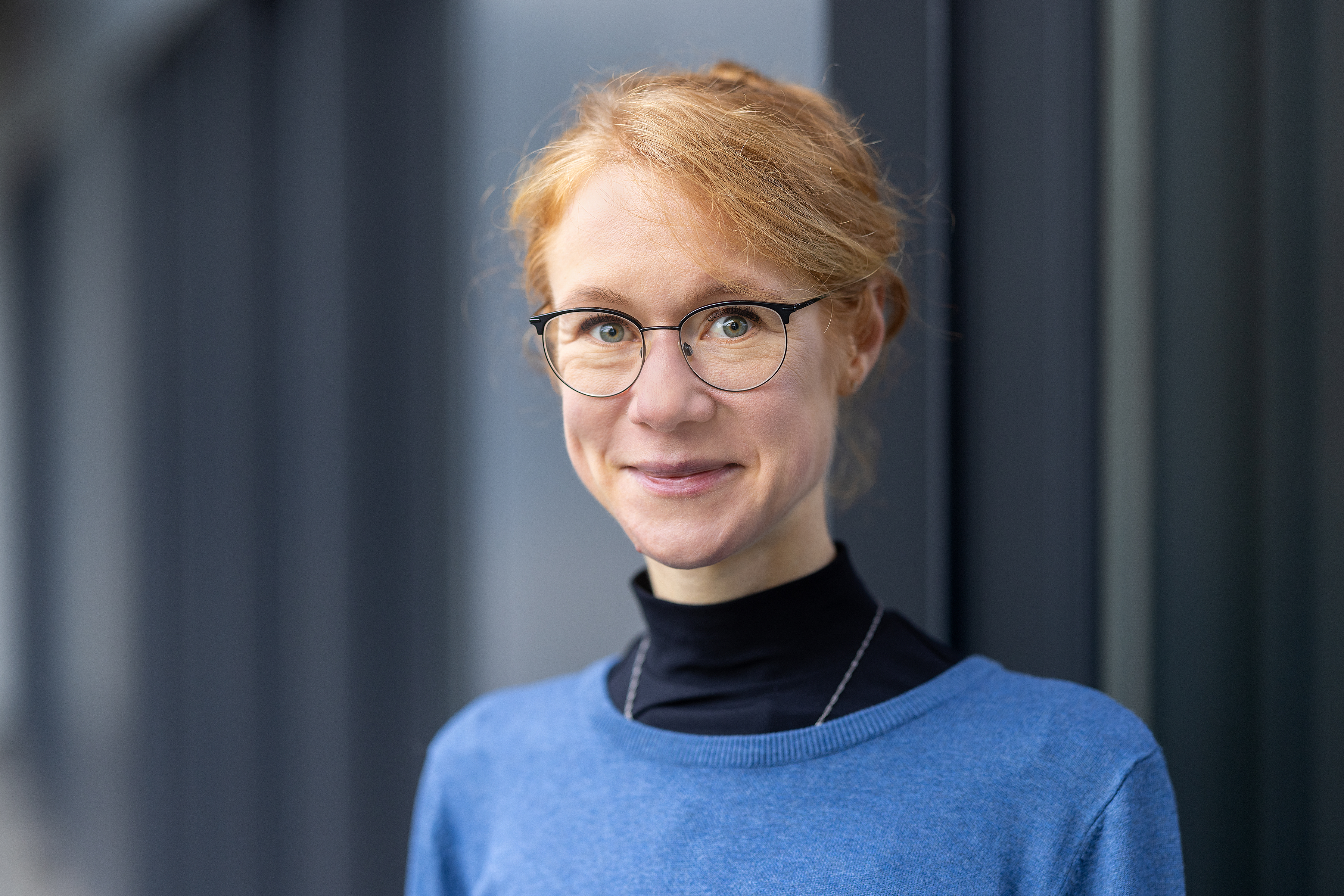
Ms. Hanke, how did HZB arrive at the decision to become climate-neutral by 2035? What role does your recently published Greenhouse Gas Report play in this project?
First, I would like to make a minor correction. The Helmholtz-Zentrum Berlin is not trying to become climate-neutral by 2035. Instead, it is aiming to achieve greenhouse gas neutrality. The difference is very important to us because the term “climate-neutral” is very vague and gets interpreted in different ways. Our environmental working group recommended that HZB reach greenhouse gas neutrality by 2035. Our management approved this initiative since HZB is active in the renewable energy field and takes responsibility for its own emissions, and the public sector should set an example.
As a starting point, we decided to draw up a Greenhouse Gas (GHG) Report based on an internationally recognized standard, the Greenhouse Gas Protocol. I suggested that we also have the report certified, or verified, to enhance its credibility and quality.
We got assistance in drawing up the GHG Report for 2021 from the energy service provider Berliner Energieagentur. An independent environmental assessment organization specializing in emissions reporting, GUTcert, performed the verification. After the report was finished, GUTcert conducted on-site inspections with spot checks. Using their results, we gathered more information about some aspects and revised parts of the report. GUTcert checked the final report and certified it on October 16. The GHG Report, including appendices, is nearly 140 pages long. The summary report (in German) is 10 pages long.
Which emissions did the report address, and what was revealed by the Greenhouse Gas Report?
The Greenhouse Gas Protocol calls for determining direct emissions (such as by the vehicle fleet and by gases and refrigerants), indirect emissions (such as electricity and heat) and emissions from the value chain (for example, from procurement of scientific and operating equipment, new buildings, or commuting employees). We also took upstream emissions from green electricity into account. Declaring direct and indirect emissions is obligatory; declaring upstream emissions is voluntary. We included all known causes of greenhouse gas emissions in our report, except for minor constituents with a share of less than 1 percent of total emissions.
The HZB’s greenhouse gas emissions in 2021 amounted to 9,895 tonnes of CO2eq. Of the overall emissions, direct emissions accounted for 1 percent, indirect emissions for 45 percent, and upstream emissions for 54 percent. The GHG footprint showed which sectors cause the most emissions. By far the largest share is due to heating, followed by the emissions caused by construction of a new building in 2021, the procurement of scientific equipment like microscopes and X-ray cameras, electricity for some buildings at our Adlershof site, and the procurement of operating equipment.
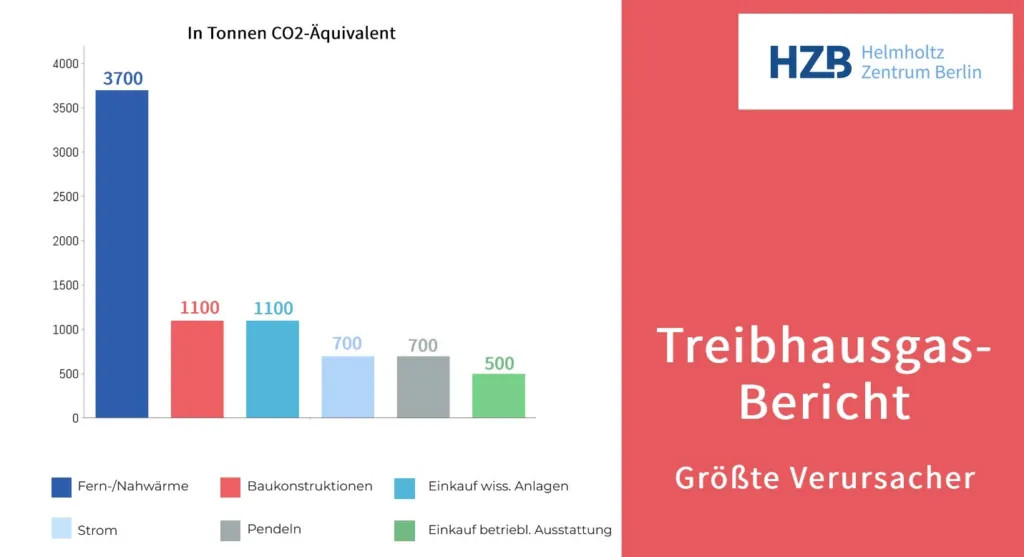
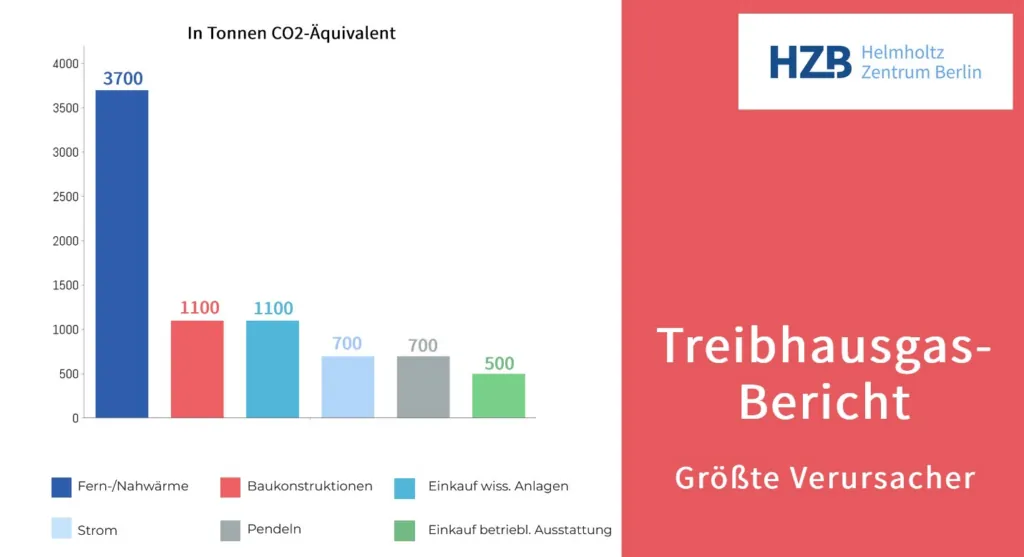
Based on the report, what is the HZB planning to do?
The report highlights some activities for the HZB to focus on, mostly various actions to optimize energy consumption. Other priorities will be climate-friendly procurement, improved material cycles, and greater reusability of systems and equipment. With regard to buildings, heat recovery, photovoltaic systems, climate-neutral new buildings, and energy-efficient renovation will play important roles.
With regard to research, while it is important for the HZB to continue doing successful research on renewable energy, it also needs to optimize the use of its research facilities. Getting the HZB staff on board is very important, so that everybody is aware of the HZB’s goal of achieving greenhouse gas neutrality by 2035. Ideally, for every process, activity and purchase, we will consider whether and to what extent a service is necessary and what impact it has on our greenhouse gas emissions. We plan to draw up a Greenhouse Gas Report every three years. The next report for the 2024 reporting period should be completed in the spring of 2026.
What challenges did you face while preparing the report?
It was not easy to get the data. I worked with about 35 people at the HZB to gather the data, including accounting, cafeteria, shipping and procurement staff. The data was not always available to them either, so they had to research it. While verifying the report, we became aware of how important primary data quality is. Ideally, such data should come from data acquisition systems instead of being gathered manually. In the weeks ahead, I plan to have a meeting with my colleagues to show them how their data was used. The aim is to look at where we can improve things in terms of both primary data and emissions in different sectors.
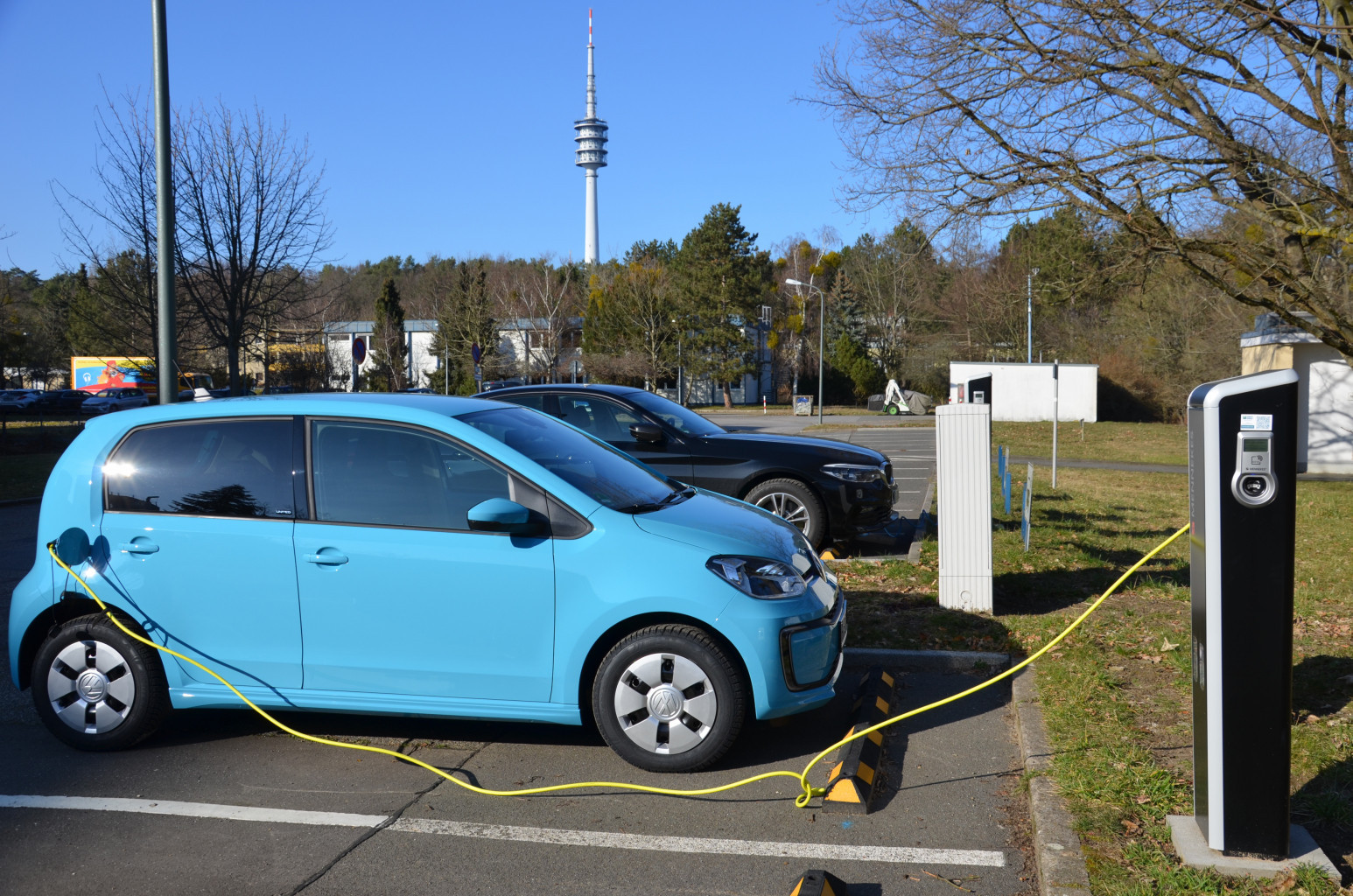
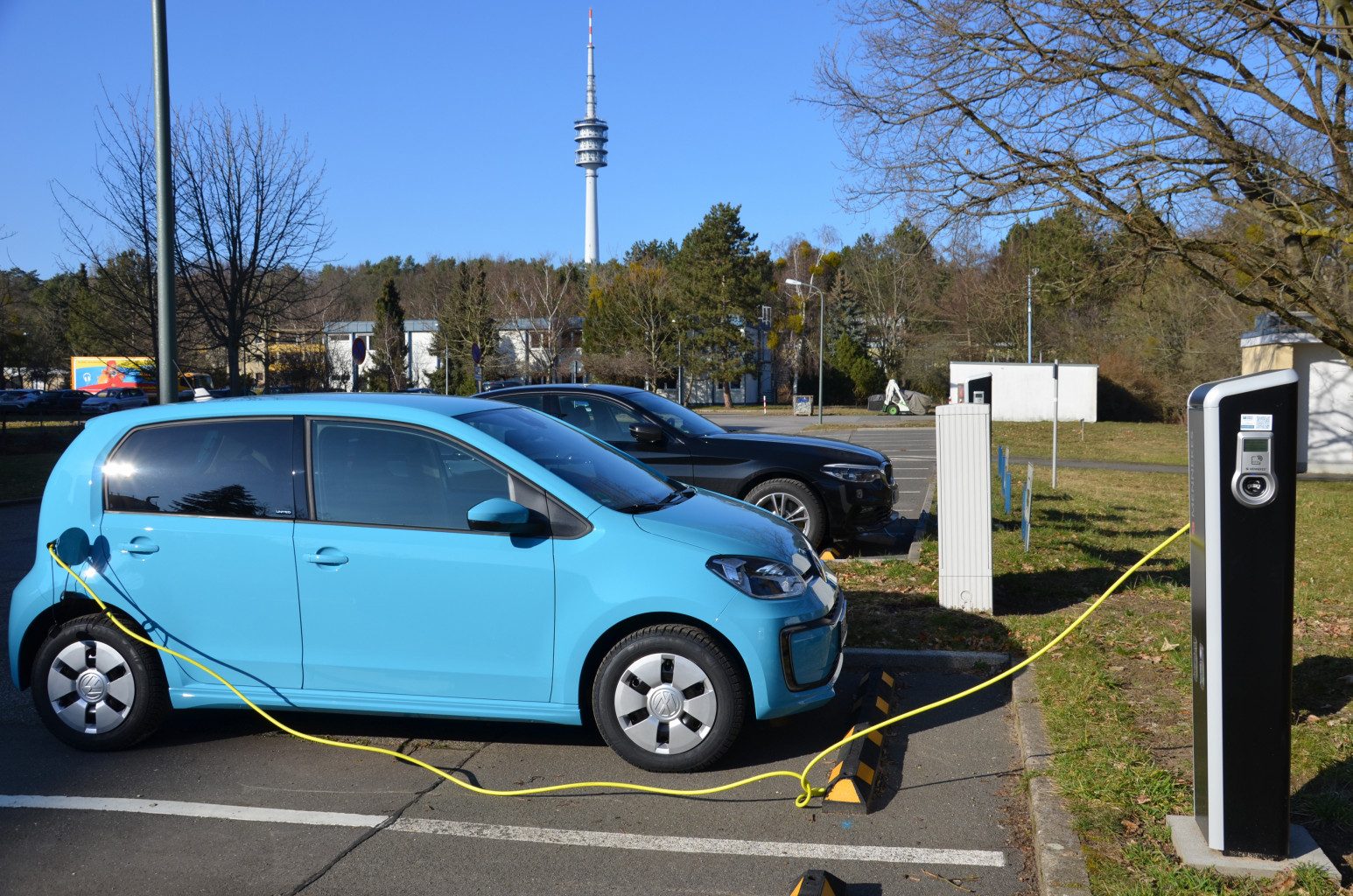
How far has the HZB come toward its goal of achieving greenhouse gas neutrality by 2035? What actions have already been taken?
Both HZB sites use green electricity since January 1, 2020. We rent some properties in Adlershof that are supplied by the landlord with conventional electricity. The main extraction point of BESSY II, with annual consumption of 30 GWh, is powered by green electricity.
The heat supply at the Wannsee site was converted to biomethane on January 1, 2022. We expect this to reduce our footprint by 3,600 tonnes CO2eq; previously we used natural gas and landfill gas for heating. The old combined heat and power plant is being dismantled. It will be replaced by a power-to-heat system and a system mixer, which will be powered by a rooftop photovoltaic system.
We have expanded the charging infrastructure for electric cars at both sites. We have had a job ticket for our employees for several years. The HZB is getting certified as a bicycle-friendly employer and establishing the required conditions.
We are also counting on our staff to develop other ideas with their knowledge and creativity.